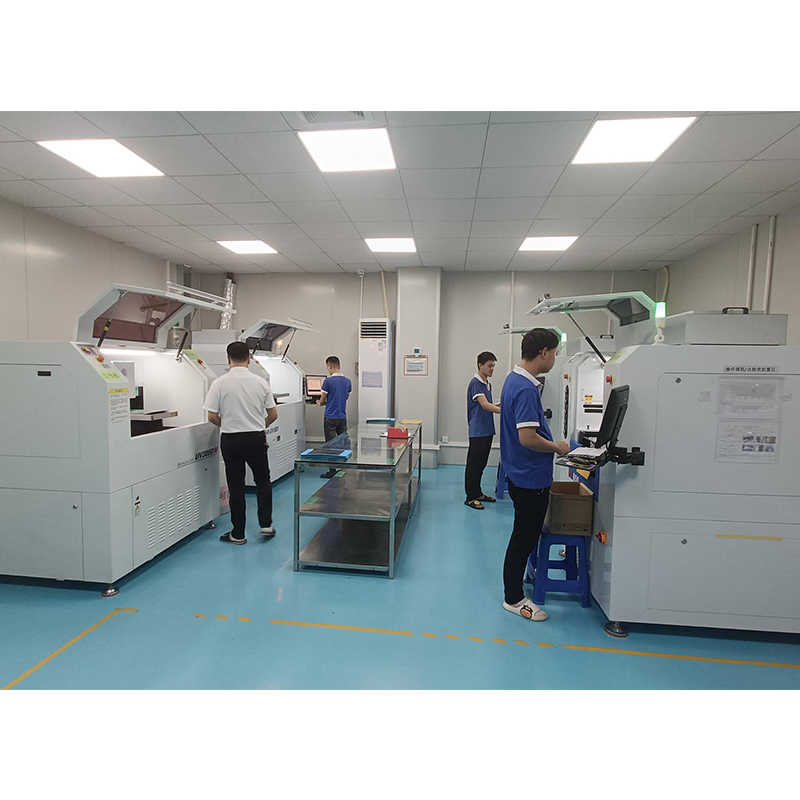In this blog, we’ll explore the nuts and bolts of PCB prototyping and clarify the limitations you should be aware of. Let’s delve deeper into the world of PCB prototyping and its associated limitations.
Introduction :
In today’s fast-paced technology era, printed circuit board (PCB) prototyping plays a vital role in turning innovative electronic designs into reality. However, like any manufacturing process, PCB prototyping has its own limitations. Understanding and addressing these limitations is critical to ensuring successful design iterations, cost-effectiveness, and time-saving measures.
1. The challenge of complexity :
PCBs are complex technologies made up of various components, interconnections, and traces. As circuit complexity increases, so do the challenges of PCB prototyping. For example, high-density PCBs integrate numerous components into a limited space, resulting in routing difficulties, increased signal integrity issues, and potential thermal issues. These complexities require careful planning, design optimization, and expertise from skilled PCB engineers to overcome the limitations they may impose.
2. Size restrictions and miniaturization :
The eternal race to create smaller, more compact electronic devices places significant constraints on PCB prototyping. As PCB dimensions shrink, so does the space available for components, traces, and complex routing. Miniaturization results in a higher likelihood of signal interference, manufacturing difficulty, and the risk of reduced mechanical strength. During the PCB prototyping process, it is crucial to strike a balance between size and functionality and fully evaluate the impact of miniaturization to avoid potential limitations.
3. Material selection and its inspiration :
Choosing the right material for PCB prototyping is critical as it directly affects the performance, durability and cost of the final product. Different materials have different thermal conductivities, dielectric properties and mechanical strengths. Choosing an inappropriate material can limit a design’s capabilities, impact signal integrity, increase manufacturing complexity, or even compromise stability during operation. A thorough understanding of the material and its limitations is critical to making informed decisions during the PCB prototyping process.
4. Cost and time considerations :
While PCB prototyping offers tremendous opportunities for innovation, it also comes with cost and time constraints. Developing a prototype involves multiple iterations, testing, and modifications, which requires resources and time. Each iteration incurs expenses in materials, labor, and expertise. Balancing the need for multiple iterations to refine the design against time and budget constraints is critical. Additionally, delays in prototyping can hinder time to market, giving competitors an advantage. Efficient project management, strategic planning, and collaboration with experienced PCB manufacturers can help overcome these limitations.
Conclusion :
PCB prototyping is the gateway to bringing cutting-edge electronic designs to reality. While it offers tremendous possibilities, it is critical to recognize and address the limitations that may arise. By understanding the challenges associated with complexity, size constraints, material selection, and cost considerations, designers and manufacturers can more effectively navigate the PCB prototyping process. Understanding these limitations makes it easier to optimize designs, enhance functionality, and create reliable and cost-effective PCB prototypes. Ultimately, acknowledging these limitations will pave the way to successful product development and market competitiveness.
Post time: Oct-16-2023
Back







